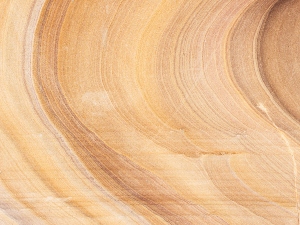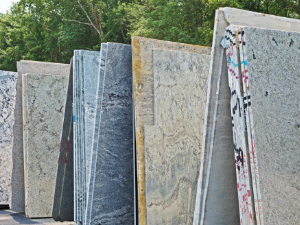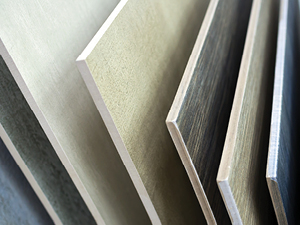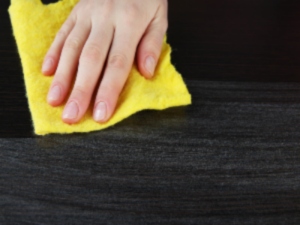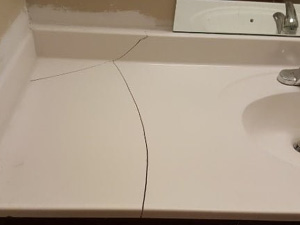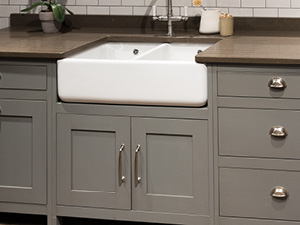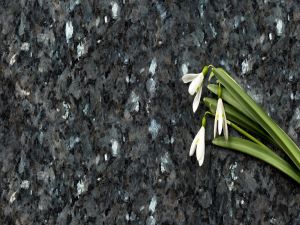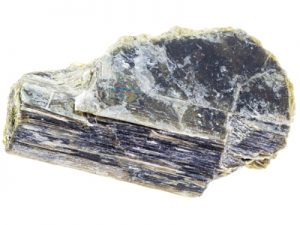The Other Stone Countertops
When most people think about natural stone countertops, granite and marble usually come to mind first. They are the two most written about, most popular and most widespread natural stone materials that people are familiar with. However, there are several other natural stone materials that should also be considered for countertop projects. Here, we will explore some of the other natural stone choices.
Limestone
Advantages:
- Cost – Limestone usually does not cost as much as some other natural stones.
- A variety of color hues – While largely neutral, limestone does come in a color range including tan, rose, gray, and variety of other neutral tones
- Durability – Limestone is a very durable natural stone that will last beautifully for years.
Disadvantages
- Softness – Limestone is a softer stone, so it is more prone to scratching.
- Porosity – Since it is a soft stone, it is more porous than some other natural stones. To buy yourself some time against stains, make sure to keep your limestone sealed properly.
- Acid sensitive – Common acidic foods like lemons, limes, tomatoes, and red wine or vinegar can etch limestone. Just be careful when preparing or using these items on your limestone countertop, even with a cutting board.
Quartzite
Advantages:
- Very hard and durable – Actually scores just a bit better on the Mohs scale than granite.
- Easy to clean – After sealing, it just needs soap and water cleanup.
- UV resistant – Quartzite won’t fade or darken in direct sunlight.
Disadvantages:
- Usually more costly – The stone itself is rarer, so it does usually cost more than some other natural stones.
- Prone to etching and staining – Even with sealing, spills will need to be tended to as quickly as possible to prevent staining and /or etching.
- Not DIY friendly – DIY folks should not install or try to repair this stone.
Soapstone
Advantages:
- DIY friendly – Soapstone is a softer stone, so it does scratch. However, most scratches can be dealt with by the homeowner. Also, since soapstone doesn’t need sealing, only waxing or oiling, this can also be a DIY project as well.
- Doesn’t stain – Soapstone is considered a non-porous material, which means it doesn’t stain.
- Durable – Even though it is a softer stone, soapstone is very durable and can last for years if not decades when properly maintained.
Disadvantages:
- Limited color range – Soapstone usually comes in grey or black, although it can contain hues of green or blue with some white veining.
- Maintenance – Soapstone will develop a patina over time and also wear unevenly. To help alleviate the uneven wear appearance, soapstone should be oiled or waxed.
- Scratches easily – It is a softer stone, so it is prone to scratching. However, as mentioned above, most scratches can be a DIY fix.
Sandstone
Advantages:
- The look – Sandstone has an earthy look and depth that offers a unique and stunning visual appearance.
- Durability – The main component in sandstone is either quartz or feldspar, making it a very durable stone material.
- Maintenance – Once properly sealed, sandstone doesn’t require any special cleaners. Water, mild detergent, and a soft cloth are all that is necessary.
Disadvantages:
- Porosity – Sandstone is very porous and soaks up liquid quickly, which can lead to unsightly stains.
- Scratches – Using a cutting board on sandstone is highly recommended since it does scratch easily.
- Sealing – Sandstone, because it is so porous, needs to be sealed and regularly resealed with a high-quality impregnating sealer. An impregnating sealer does not prevent staining. It does give you more time to deal with the spill before it becomes a stain.
Soapstone is the most DIY friendly natural stone choice. Most scratches and other imperfections, such as uneven wear can be dealt with by the homeowner. However, other natural stone materials can be renewed or repaired by qualified, professional restoration technicians.
Sometimes we get preconditioned. Granite, marble, granite, and marble is all we hear. There are many other wonderful natural stone choices out there for countertops. If granite and marble were our only natural options, then mother nature wouldn’t have given us all those other beautiful choices.
By Sharon Koehler. This article is one of a series of articles written and published on behalf of Surface Care PROS Partners.

